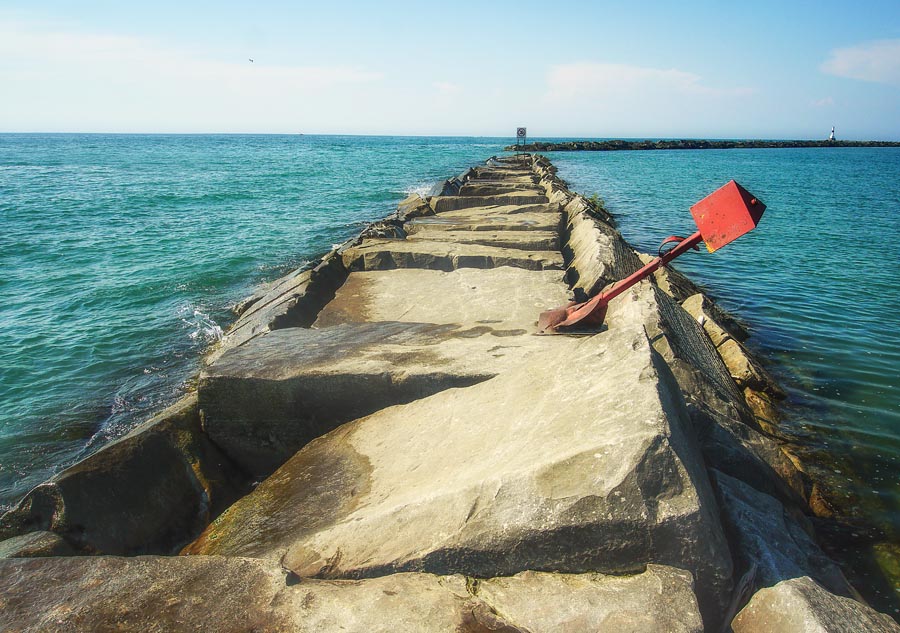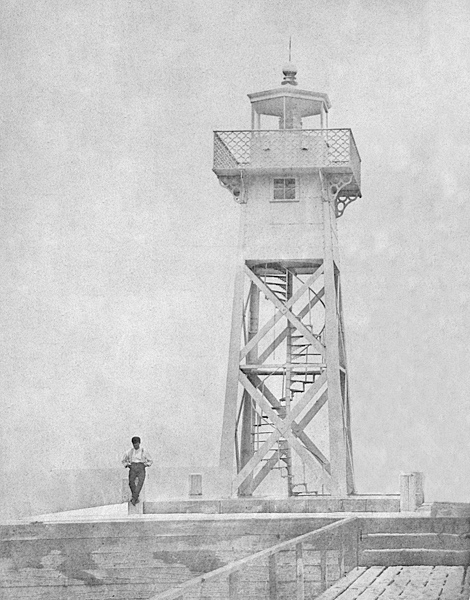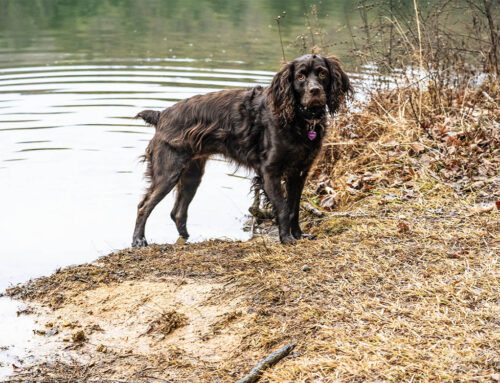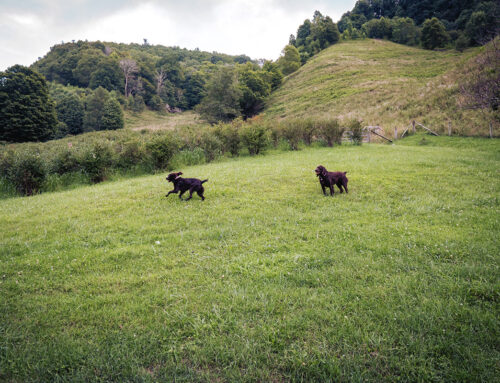The mouth of the Huron River on Lake Erie was one of the first ports of Ohio to be settled. As early as 1749, a French trading post operated from this port, but it did not survive the Revolutionary War. We were there to enjoy it for a day with family and friends.
I love the lighthouses along Lake Erie and while you can barely see the Huron Lighthouse in these photos, it is there. I have photographed it from the other side in years past, and it is very different and special.
About Huron’s lighthouse: By 1824, a small boarding house and several logs cabins had been built, one of them being the home of Huron’s first shipbuilder. Other shipbuilders followed, and the steamboat Delaware was completed at Huron in 1834 only to be lost two years later during a violent summer storm on Lake Michigan. Though its passengers and crew would survive, the boat itself suffered irreparable damage.
|
As commerce increased at Huron, so too did the need for a navigational aid at the port. The first Huron Harbor Lighthouse was built in 1835 on the west pier, and the following description of the beacon was given in 1838 by Lieutenant Charles T. Platt of the U.S. Navy.
The lighthouse, a pyramidal tower constructed of wood, was not durable enough to withstand the wind and weather of Lake Erie, and it met an unfortunate end during a fierce storm in May 1854.
Three years later, a new light was built, and this time it was constructed of iron as were many other light towers were in 1857 on Lake Erie in Pennsylvania and Lorain, Ohio. The bottom portion of Huron Harbor’s twenty-seven-foot-tall, iron tower was open, exposing its circular stairway that led to an enclosed watchroom and lantern room the latter of which was equipped with a fourth-order Fresnel lens.
An elevated walkway was also built so the keeper could access the tower when waves swept over the pier. The station was without a dwelling for several years until Congress finally appropriated the necessary funds on March 3, 1871. After vexatious delays in obtaining title to a lot and dealing with a sick construction crew, the dwelling was finally occupied on February 1, 1873.
So here is a portion of the “elevated walkway” that goes out to the Huron lighthouse. You can see the lighthouse way off in the distance.
This walkway is broken at the halfway point and signs are up asking people not to swim across the channel. I cannot imagine walking out to the lighthouse on a stormy winter’s night! Think about it: there have been over 2,000 ship wrecks on Lake Erie!
In fact, as I got closer to the end, the creepier this thing felt. The stones are massive and I found myself having to pretty much jump from one stone to another. The things I do for a photograph!
Finally, I could see that some of these massive stones in front of me were underwater! Would my Chacos (water shoes) hold? I thought. I wasn’t sure so I looked back at the beach and decided I had gone far enough, especially, since I ventured out there alone. Yikes!
I reasoned that I had the photos I needed and didn’t want to lose my camera with the splash of a wave. The Great Lakes are beautiful. I realized this a few years ago. They are still very different than an ocean. There are no white sandy beaches, but they are more than worthy of a visit. What I find most intriguing about this area is the extremeness of the environment. It is just an interesting area with lots of things to do.
Plus, there are plenty of rocks and seagulls!
So, we were in Ohio this day but where do I stay when I’m in Western PA? The Cedar Inn Farm!














Leave A Comment